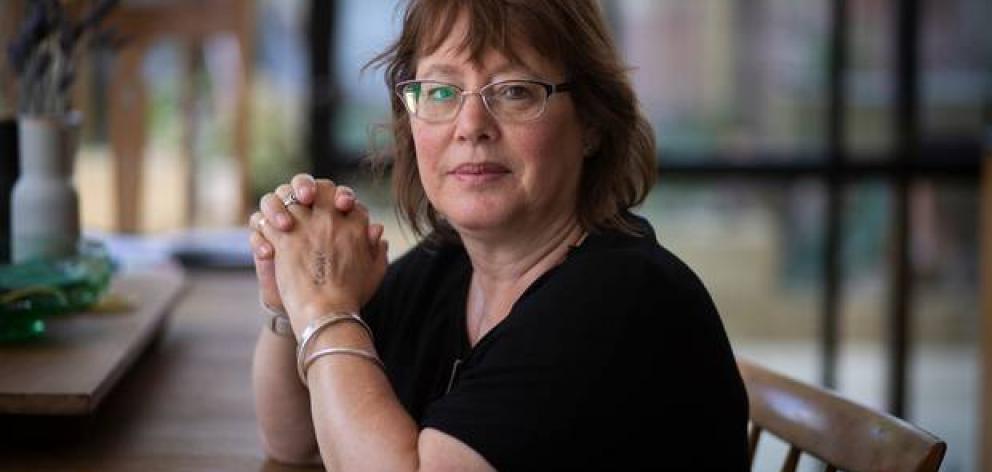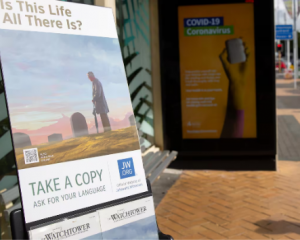
One in five New Zealanders live with persistent pain and the health system struggles to deal with the problem effectively, researchers say.
Writing in today's New Zealand Medical Journal, University of Otago psychology expert Dr Nicola Swain and colleagues say: "pain is extremely common and increasing in prevalence in New Zealand . . . and current biomedical treatment is often ineffective".
"Pain is stealing people's lives. As we live longer and are more healthy, pain is an increasing issue," said Swain.
She said there was little research done on pain in New Zealand and patients had difficulty in getting treatment.
Back problems, arthritis and migraines are major causes of persistent pain. The Ministry of Health says musculoskeletal disorders cause around 13% of the "health loss" in New Zealand, to which the largest contributor is low-back and neck pain.
In their journal editorial, the authors say the prevalence of persistent pain is higher in women than men, and higher in Asian, Pacific and Māori people than Europeans. Our ageing population is driving an increase in prevalence because pain is more common in old people.
People suffering persistent pain commonly also have other problems, such as depression, anxiety, poor sleep, impaired movement, impaired concentration, social limitations and difficulties with relationships.

Chairman of the New Zealand National Committee of the Faculty of Pain Medicine Professor Ted Shipton said there is a real issue in New Zealand which will only get worse.
"In New Zealand, the four of the six causes of disability were chronic pain conditions. Low back pain, knee pain, neck pain, and other musculoskeletal pains," he told the Herald.
"What concerns us is at the moment this burden of disease of pain costs $13-15 billion a year coming from the Global Burden of Disease study in 2016.
"With an ageing population this is only going to go up and skyrise, we need more resources to tackle persistent pain in this country."
Poverty is also a risk factor for persistent pain and the poorer a person is, the more likely it is they will have a bad outcome from treatment.
The authors emphasise that "pain is always real", although the causes and be "elusive or illusory". Doctors often don't understand it.
"Patients continue to be characterised as 'malingering' or 'attention seeking', and pejorative pronouncements are made about drug seeking or illness behaviours.
"To query whether a particular patient's pain is real is a nonsense. There are no objective tests for pain; it is a subjective experience, and its complexity can make assessment challenging, even when using accepted measures.
"Pain is ultimately all about what we experience ..."
"A biomedical approach that treats persistent pain by physical interventions has not reduced the burden of pain."
The authors emphasise that "pain is always real", although the causes and be "elusive or illusory". Doctors often don't understand it.
"Patients continue to be characterised as 'malingering' or 'attention-seeking', and pejorative pronouncements are made about drug-seeking or illness behaviours.
"To query whether a particular patient's pain is real is a nonsense. There are no objective tests for pain; it is a subjective experience, and its complexity can make assessment challenging, even when using accepted measures.
"Pain is ultimately all about what we experience ..."
"A biomedical approach that treats persistent pain by physical interventions has not reduced the burden of pain."
Surgery can be a valid treatment, for osteoarthritis of the hip for instance, but often doesn't provide benefits consistent with the high cost and risk, the authors say.
Good care for those with persistent pain includes "building autonomy and optimising physical activity, sleep, nutrition, stress and social participation".
Pain education in the main health-worker training programmes is poor, they say, although a good post-graduate programme is available.
"Research shows that clinicians generally demonstrate inadequate knowledge and inappropriate beliefs about pain. Insufficient pain-related competencies may limit how well healthcare professionals provide effective treatments."
Shipton said the burden around pain often gets swept under the rug in New Zealand and is something which needs to change.
"Because pain's not sexy, it's not close to the heart or brain, it almost goes underneath, it waffles underneath and so that's a problem," he said.
"We need the Government to create more training posts in the DHBs and we need more specialists in pain medicine if we're going to tackle this problem."
A co-author of the editorial, Dr Bronwyn Lennox Thompson, said that while ACC clients assessed as needing help with pain could get good care, many district health board patients didn't fare as well.
There were only two specialist pain services, run by the Auckland and Christchurch DHBs. Patients not accepted by them were generally managed by a GP, some of whom had little experience in pain-management, Lennox Thompson said.
People then often resorted to Google, which was rich with discussion of cannabinoids, stretching exercises, and "inflated claims of effectiveness, and scary language."
One woman's struggle with pain
Deb Thompson (56), a part-time media studies teacher at Auckland's Western Springs College, has lived with persistent pain for more than five years.
It took six months to diagnose a fractured pelvis. Later she had two operations - one to deal with torn hip cartilage and the other to replace a hip joint.
But surgery didn't end the pain and Thompson continued a wide search for help.
In around 2015 she was referred to the Auckland District Health Board's regional pain service and her life changed dramatically.
She worked with various health practitioners and learned how pain could continue despite flesh and bone being repaired.
She has done acceptance and commitment therapy and participates in a weekly mindfulness and meditation session at the service. Separately she sees a physiotherapist.
Thompson used to take Tramadol and later gabapentin for her pain but found them unpleasant and stopped using them.
She still has pain but copes by managing her life well - doing things she enjoys and that keep her mind busy, while still staying calm.
"Instead of trying to find answers, I'm trying to live with what I've got. It's a constant balancing act for me - to not allow my pain to rule my life and bring me down."
"When the pain is at its worst, I shut the door and go to bed and watch Netflix."












